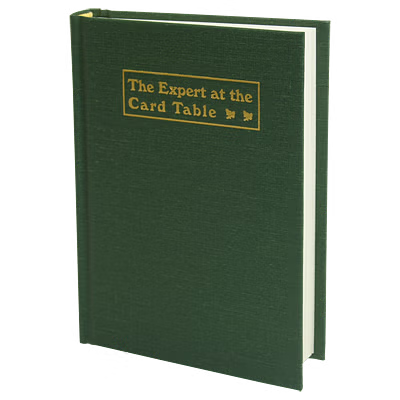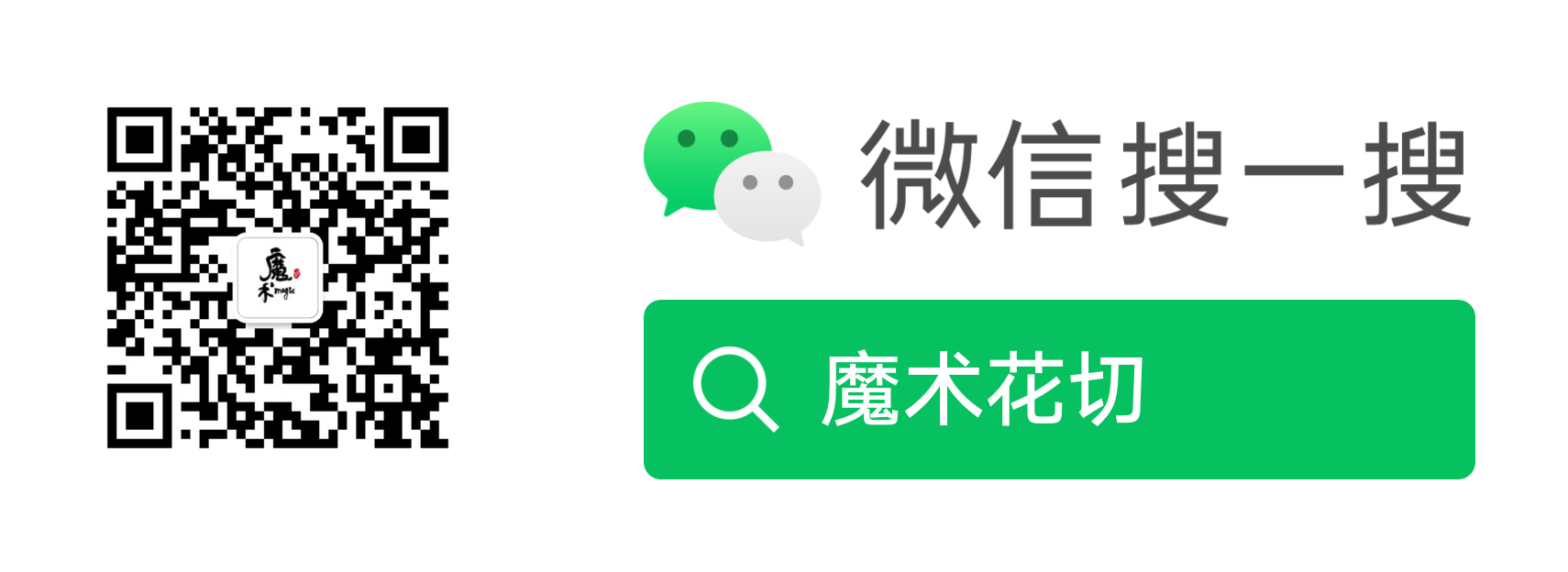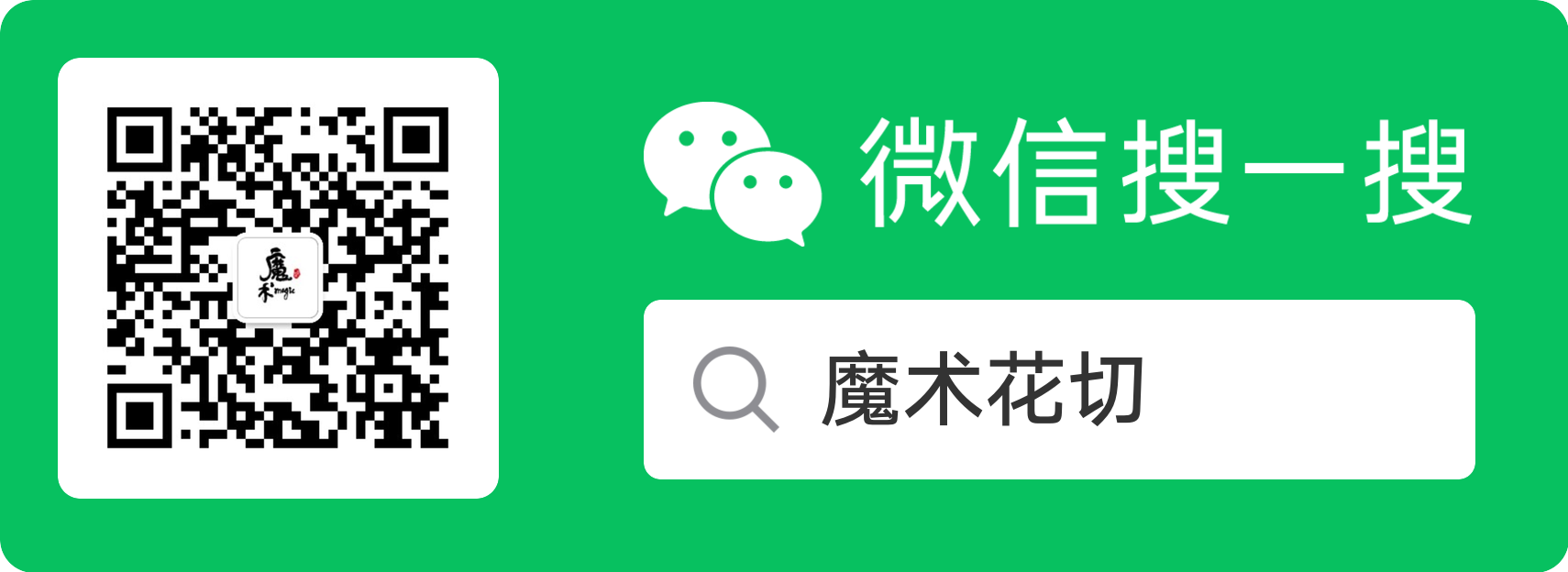Palming
IN ADDITION to the methods given in the first part of our book, which we consider the best for general purposes, we shall describe several processes that may be employed advantageously under special circumstances.
The top cards may be palmed apparently without touching the deck in the following manner: Hold the deck across the left palm, the little finger well inserted under the cards to be palmed, the first, second and third fingers holding the cards firmly in place. Now move the right hand, through some natural motive, over the left, and as it passes within one inch or two straighten out the left-hand fingers, forcing the cards up into the right palm with the little finger, which is under them. The right hand either continues its movement as it slightly closes over the palmed cards or else seizes the deck in a manner to expose it fully, and the left hand makes some gesture or natural movement.
A simple way to palm one top card is to push it slightly over the side under cover of the right hand, then press down on its outer-end corner with the right little fingertip, and it will spring up into the right palm.
In all cases of palming the deck should be covered for the smallest possible space of time, and the covering and exposing should be made under some natural pretext, such as squaring up the cards, or passing the deck to the other hand, or changing its position in the hand, or turning it over.
The Back Palm
WE ARE afraid the above title is a misnomer. The cards to be concealed are transferred to the back of the hand. Hold the card in the right hand face up between the tip of the thumb at one end and tips of second and third fingers at opposite end, the first joints of the first and little fingers hold the sides. (See Fig. 77.) To make the "palm" slip the tips of the second and third fingers under the end of the card and curl them down until they come under the thumb, at the same time pushing the card outward with the thumb until the inner corners reach the first and little fingers, which hold it in position. (See Fig. 78.) Now, straighten out the four fingers, clipping the corners of the card between the little and third fingertips and the first and second fingertips, and the card lies along the back of the hand. (See Fig. 79.)
To bring it to the front again curl the four fingers again into the palm, straighten the first fingertip a little so that the thumb may take its place holding the card, then draw the card as far as possible toward the wrist with the thumb and little finger, straightening out the other fingers, then clip the corner between the first and second fingertips, and slide the little finger along the side of the card until it is straight out, this time clipping the outer corners between the same fingers instead of palming in the usual way.
Several cards may be transferred back and forth in this manner, and one at a time may be produced from the back without showing the rest. Perfection in the feat enables a performer to show both sides of the hand, transferring the cards as it is turned over. A slight up-and-down motion and-a backward turn of the wrist is used.
As an exhibition of dexterity this is probably unsurpassed in card manipulation, but it is of little aid in the performance of tricks. However, everything may be put to some use, and the back palm once helped us out of a difficult situation–"but that is another story."


